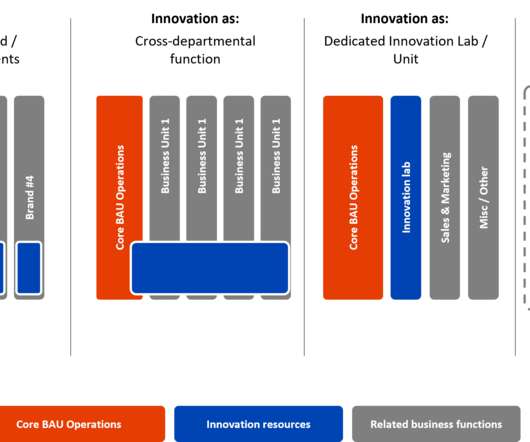AI-Powered Design Thinking: Accelerating Innovation and Insights
Leapfrogging
FEBRUARY 28, 2024
Introduction to Design Thinking Design thinking is a problem-solving approach that combines empathy, creativity, and rationality to meet user needs and drive successful business outcomes. Defining Design Thinking Design thinking involves five key stages: empathize, define, ideate, prototype, and test.



























Let's personalize your content